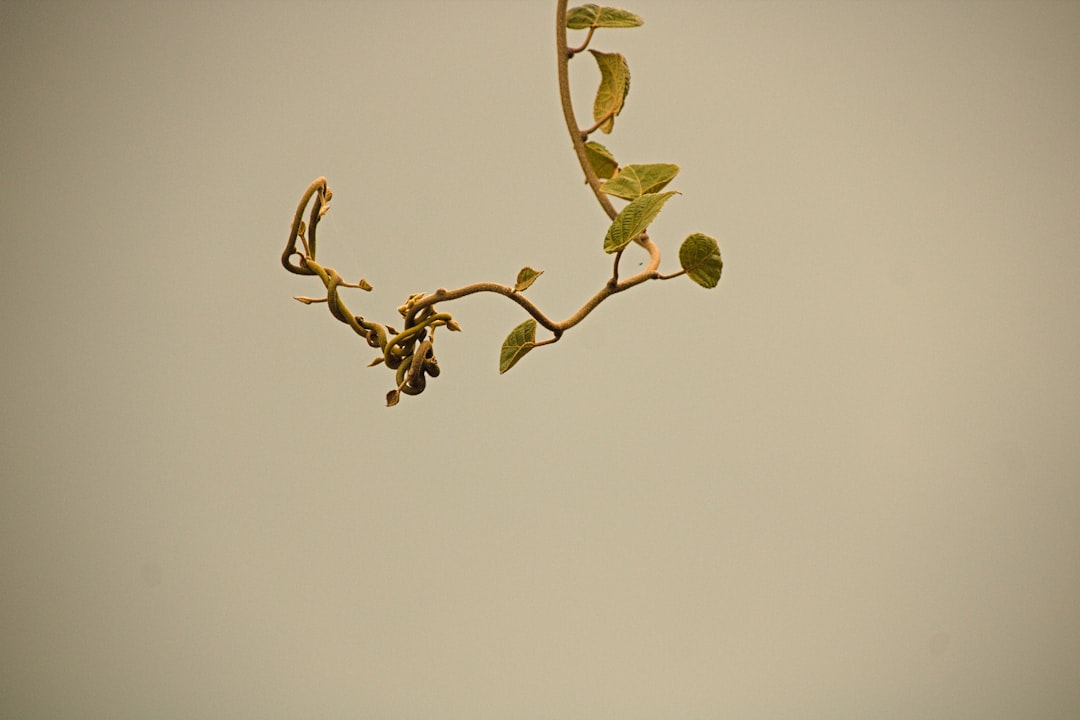Year - Round Yard Wellness Guide

Maintaining a beautiful and healthy yard is a year - long commitment that requires careful planning and consistent effort. By breaking down your seasonal landscape maintenance according to the time of year, lawn - care schedule, and the type of plant or hardscape, you can ensure your yard remains in top condition throughout the year. This easy - to - follow to - do list will guide you through the essential tasks for each season.
Spring: The Awakening
Spring is a time of renewal in the yard. As the temperatures rise and the days get longer, it's time to start preparing your lawn and garden for the growing season. First, remove any debris that has accumulated over the winter, such as fallen leaves, branches, and dead plants. This will not only improve the appearance of your yard but also prevent the growth of mold and pests.
Next, it's time to aerate your lawn. Aeration helps to loosen compacted soil, allowing air, water, and nutrients to reach the grass roots more easily. You can rent an aerator from a local hardware store or hire a professional lawn care service to do the job. After aerating, overseed your lawn to fill in any bare patches and promote a thicker, healthier lawn.
For your garden beds, start by adding compost or other organic matter to the soil. This will enrich the soil and provide a good foundation for your plants. Prune any dead or damaged branches from your trees and shrubs, and divide and transplant perennials as needed. It's also a good time to start planting annuals, vegetables, and herbs.
Summer: The Thriving Season
Summer is when your yard is in full bloom, but it also requires a lot of attention to keep it looking its best. Watering is crucial during the hot summer months. Water your lawn deeply and infrequently, rather than shallowly and often, to encourage deep root growth. Aim to water your lawn 1 - 2 inches per week, either through rainfall or irrigation.
For your garden plants, make sure to water them regularly, especially during dry spells. Mulching around your plants can help to retain moisture in the soil and reduce the need for frequent watering. Fertilize your lawn and garden regularly to provide the nutrients they need to thrive. Use a slow - release fertilizer for your lawn and a balanced fertilizer for your garden plants.
Keep an eye out for pests and diseases in your yard. Common summer pests include aphids, mosquitoes, and Japanese beetles. You can use natural pest control methods, such as neem oil or insecticidal soap, to control pests without harming the environment. If you notice any signs of disease, such as yellowing leaves or spots on the foliage, take action immediately to prevent the spread of the disease.
Fall: The Preparation
Fall is a time to prepare your yard for the winter months. Start by raking up fallen leaves regularly to prevent them from smothering your lawn and garden plants. You can use the leaves as mulch or compost them to add nutrients to the soil.
Continue to mow your lawn until the grass stops growing. Set your mower blade to a lower height than in the summer to prevent the grass from matting down over the winter. Fertilize your lawn one last time in the fall to help it recover from the summer stress and prepare for the winter.
For your garden beds, clean up any dead plants and debris, and add a layer of mulch to protect the soil and plant roots from the cold winter temperatures. Prune your trees and shrubs to remove any dead or diseased branches, and wrap young or sensitive trees with burlap to protect them from the winter wind and cold.
Winter: The Dormancy
Winter is a time of dormancy for your yard, but there are still some tasks you can do to keep it in good condition. Check your irrigation system regularly to make sure it is not frozen or damaged. If you live in an area with heavy snowfall, use a snow blower or shovel to remove snow from your walkways and driveways to prevent ice from forming.
Monitor your yard for any signs of damage from the winter weather, such as broken branches or uprooted plants. If you notice any damage, make repairs as soon as the weather permits. You can also use this time to plan for next year's yard projects, such as adding new plants or hardscape features.
In conclusion, by following this seasonal landscape maintenance to - do list, you can keep your yard looking beautiful and healthy year - round. Remember to adjust your tasks based on your specific climate and the type of plants and hardscape in your yard. With a little effort and planning, you can enjoy a stunning yard that enhances the beauty of your home and provides a peaceful outdoor space for you and your family to enjoy.